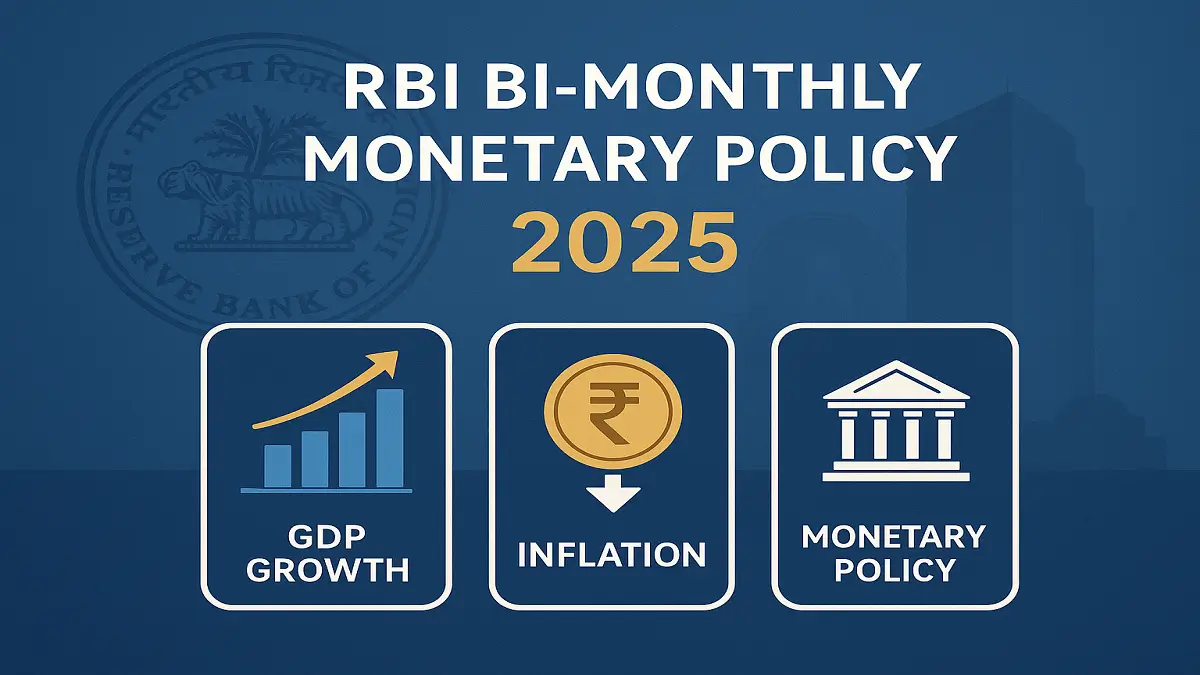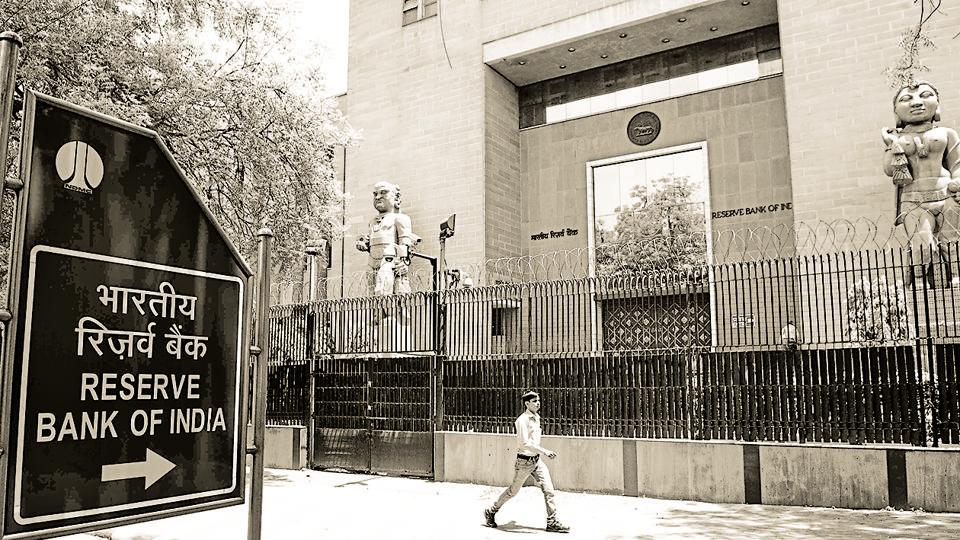A Policy Beyond Monetary Signals
The latest RBI policy may be remembered less for its monetary stance and more for the sweeping reforms it introduced for Indian banks. Moving away from decades of heavy-handed control, the RBI has opened new doors for the sector, handing more freedom to banks while trusting market forces to impose discipline. This shift builds on the June decision to reduce the cash reserve ratio, and together these moves mark a philosophical transformation in Indian banking regulation.

Banks Can Now Finance Acquisitions
One of the most important reforms is the RBI’s decision to allow banks to finance acquisitions. For more than twenty years, banks were barred from lending for acquisitions to ensure savings were directed toward creating new capacity rather than financing takeovers. With Indian capital markets now strong and flush with growth capital, the RBI believes the time has come for banks to play a larger role in supporting mergers and acquisitions. This could trigger a wave of deals across industries such as cement, FMCG, textiles, and consumer goods where capacity is fragmented.
Removal of Lending Caps and Restrictions
Another significant change is the removal of the Rs 10,000 crore ceiling on bank exposure to large corporate groups. Originally introduced in 2016 after a spate of corporate defaults, this cap was meant to safeguard banks and push conglomerates to the bond markets. Its removal reflects the RBI’s confidence in improved corporate and bank balance sheets and its belief that banks can judge lending risks better than rigid rules can dictate. The central bank has also scrapped restrictions on overlapping business activities of banks and their associates, further signaling trust in market discipline.

Risk Based Deposit Insurance and Lower Capital Requirements
In another move that could reshape costs for banks, the RBI has introduced risk-based deposit insurance. Until now, all banks paid the same flat premium regardless of their financial strength. Under the new system, well-run banks will see a significant reduction in insurance costs, giving them a competitive advantage. Alongside this, the RBI announced it will implement the Basel framework on standardized credit risk, reducing capital requirements for loans to MSMEs and residential real estate. The result could be cheaper credit to both sectors, creating a virtuous cycle of lending and growth.
Other Key Adjustments
The policy also raised limits on loans against shares and loans taken to apply for IPOs, adjustments that align with inflation and market realities. These may appear minor but together with the larger reforms they show a regulator that is consciously unshackling banks and empowering them to grow more freely.
A Shift in RBI Philosophy
Since the late 1960s when Indian banks were nationalised, regulation has largely been about control and stability. Banks were viewed as instruments of government policy rather than dynamic commercial institutions. But with capital markets maturing, competition for savings intensifying, and Indian banks proving their resilience, the RBI appears ready to let go of excessive restrictions. The new framework places greater faith in banks and markets to make decisions, signaling a coming of age moment for Indian banking regulation.

Market Reaction and The Road Ahead
Investors have already responded positively, with Bank Nifty emerging as the best performer on policy day. The RBI’s reforms suggest a future where Indian banks operate with greater autonomy, tap into new opportunities, and play a bigger role in financing growth. For the sector, this could be the beginning of a new era marked by stronger competition, innovation, and global relevance.
Stay updated on RBI reforms, banking trends, and market insights. Follow You Finance on Instagram and Facebook for real time updates and expert analysis.















